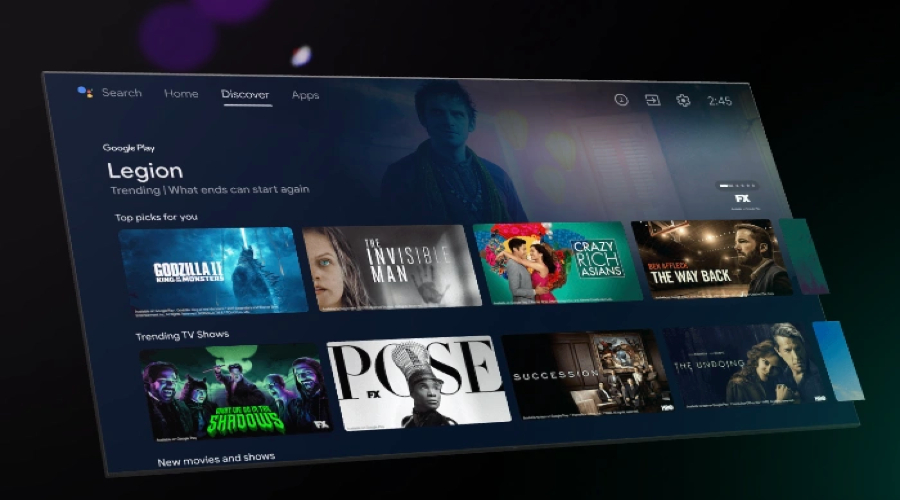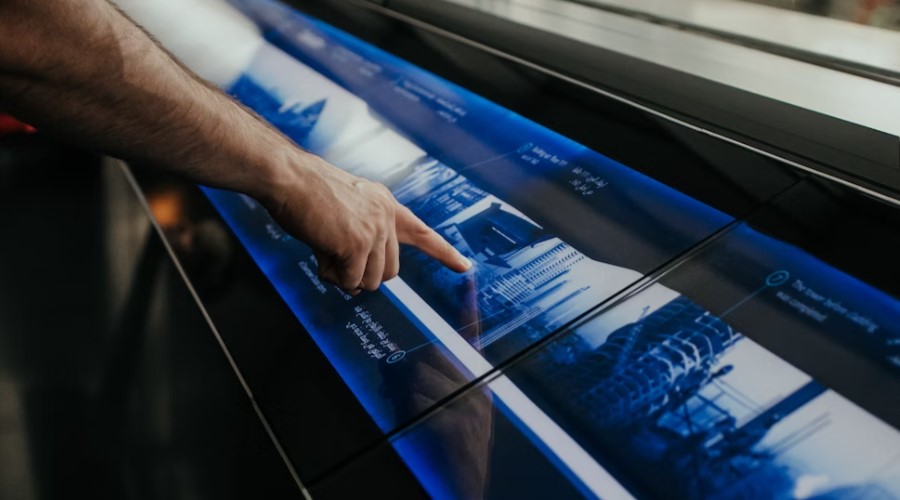Mobile Phone Charging Kiosks: Harnessing Solar Power for Modern Convenience
Imagine strolling through a bustling city, and your smartphone’s battery is running low. Rather than searching for an elusive power outlet, you stumble upon a sleek kiosk adorned with solar panels. Solar-powered kiosks provide a quick power boost and do so sustainably.
In this article, we’ll explore what these solar-powered kiosks are, why they’re on the rise, their technological underpinnings, and their standout features.
The rise of solar-powered charging kiosks
As environmental consciousness grows, the demand for sustainable solutions is rising. Solar-powered charging kiosks epitomize this trend by harnessing the sun’s energy to keep our devices charged. They offer a convenient way to recharge on the go while reducing our carbon footprint.
Solar charging kiosks have high-efficiency solar panels that convert sunlight into electricity. This clean energy is stored in batteries for later use. It ensures a continuous power supply even during cloudy days or nighttime.
Standout Features:
Environmentally Friendly: Solar charging kiosks reduce reliance on non-renewable energy sources, contributing to a greener planet.
Accessible Locations: These kiosks are strategically placed in high-traffic areas like parks, airports, and shopping centers, providing easy access to charging facilities.
User-Friendly: Most solar-powered kiosks offer various charging connectors, accommodating multiple devices, including smartphones, tablets, and laptops.
How solar-powered charging kiosks work
Solar charging kiosks are a marvel of technology, blending solar power generation, energy storage, and user-friendly design.
Here’s a simplified breakdown of how they work:
Solar Panels: Photovoltaic panels capture sunlight and convert it into electricity.
Energy Storage: Energy generated by the solar panels is stored in batteries, ensuring a constant power supply.
Charging Ports: Kiosks have various charging ports and cables to accommodate different device types.
User Interaction: Users can plug in their devices, select the desired charging option, and monitor the charging progress.
Standout Features:
Quick Charging: Solar kiosks offer fast charging to minimize user waiting times.
Remote Monitoring: Operators can remotely monitor the kiosk’s performance, ensuring it’s always in working order.
Advertising Opportunities: Some kiosks incorporate digital screens for advertising, making them financially sustainable for businesses.
Examples and applications
Solar-powered mobile phone charging kiosks are making their mark across the globe. In New York City’s parks, sleek kiosks provide eco-friendly phone charging options to park-goers. In London, the iconic red phone booths are transformed into solar charging stations. That way they preserve the historic charm while embracing modern technology.
These kiosks are typically connected to a central network for efficient management and monitoring. Operators can track usage, troubleshoot issues, and even schedule maintenance remotely.
Smart charging and IoT integration
As technology advances, solar-powered charging kiosks become smarter and more integrated with the Internet of Things (IoT). Smart kiosks can offer personalized charging experiences, allow users to make payments, and provide valuable data insights to operators for improved efficiency.
IoT-enabled solar kiosks can collect data on user behavior, energy generation, and even environmental conditions. This data is helpful to optimize kiosk placement and functionality.
In conclusion
Solar-powered mobile phone charging kiosks represent a harmonious mix of technology and sustainability. They offer a practical solution to our ever-present need for power while reducing our environmental impact. As the world continues to embrace renewable energy sources, these kiosks are poised to become even more prominent in our daily lives.
So, the next time you’re out and about, watch these innovative charging stations, and make the most of the sun’s energy to keep your devices powered up sustainably.





